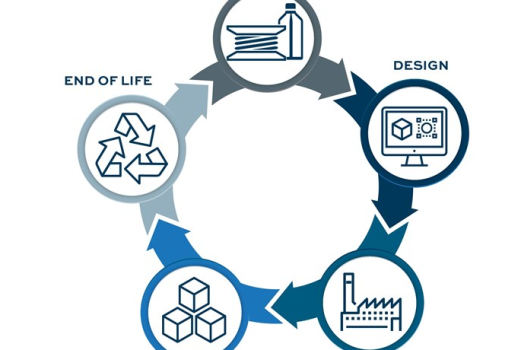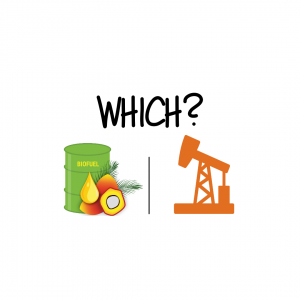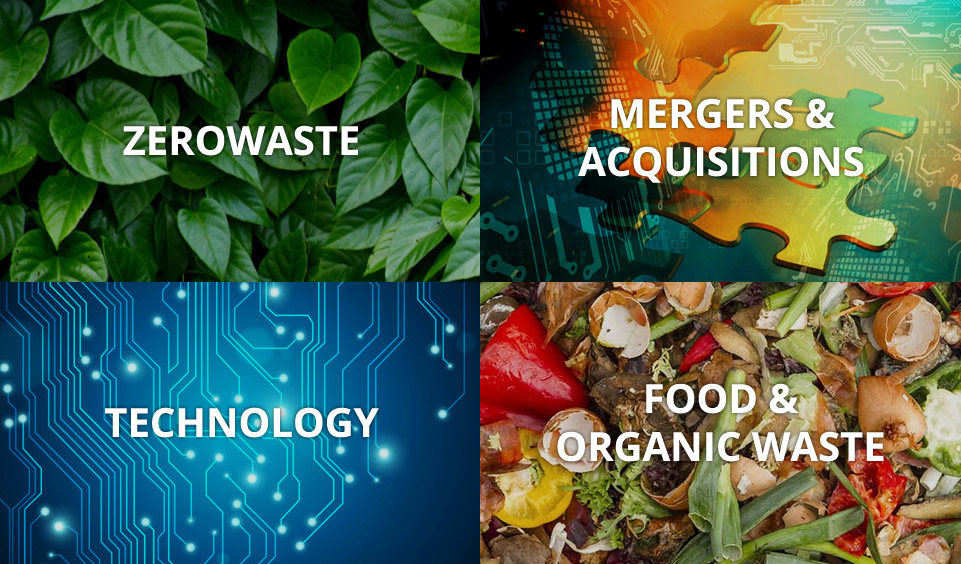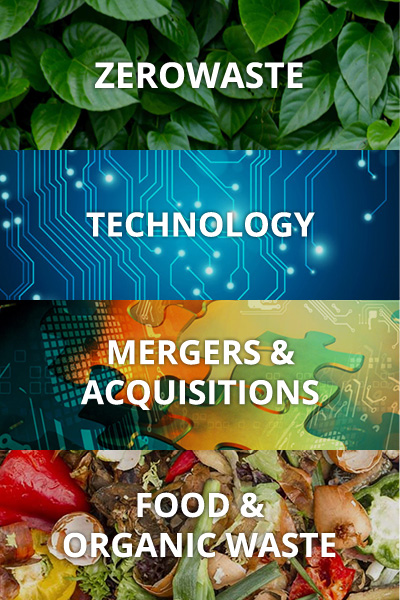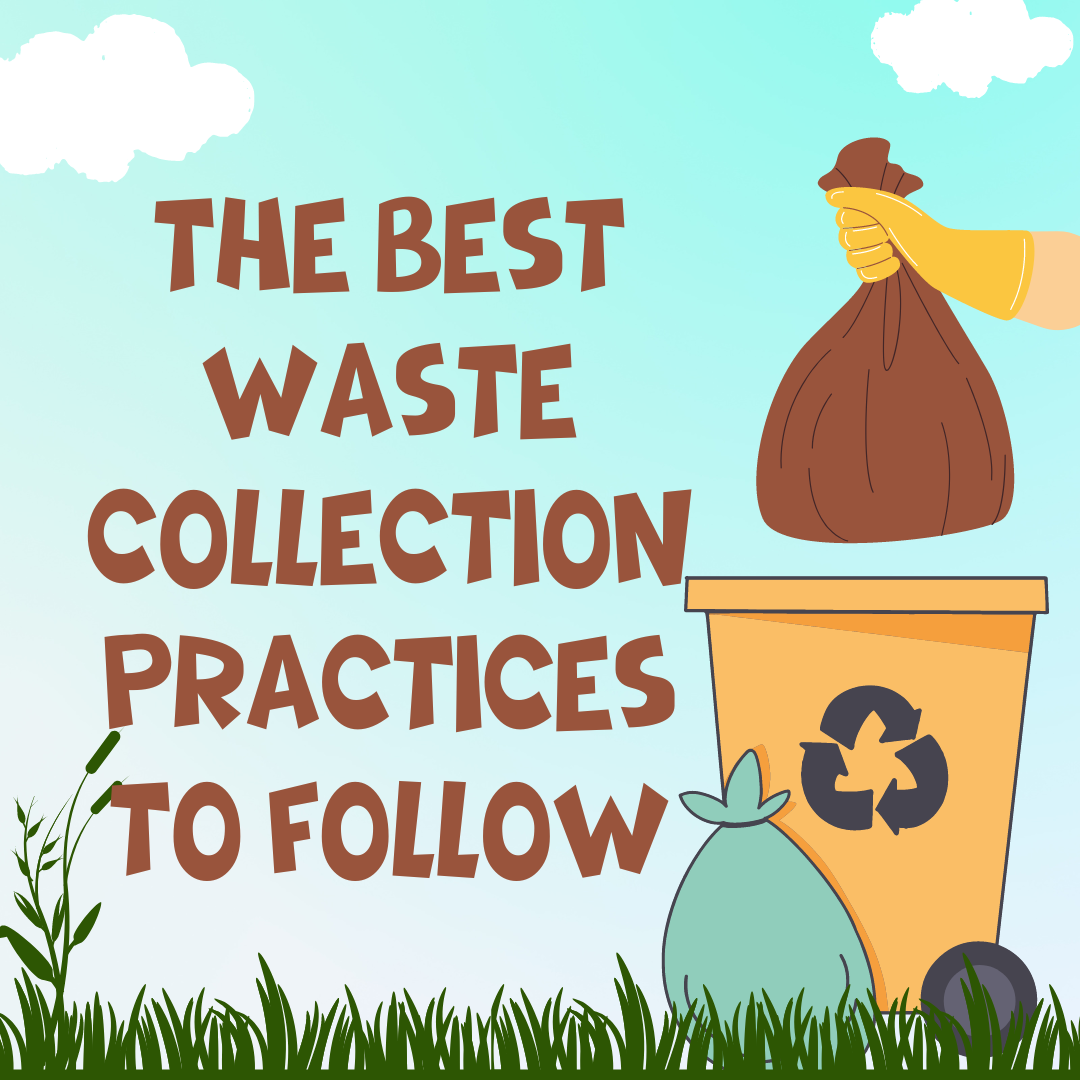
Waste collection means the process of picking up waste materials from individuals and businesses and transporting them to a central disposal location. It is a vital service that helps to keep our communities clean and safe.
However, gathering waste can also be a dirty and dangerous job because of exposure to hazardous materials. Even if it is not hazardous material that you’re dealing with, picking up other people’s trash can be pretty gross.
That’s why it’s important to follow best practices when collecting waste. This will help to keep you safe and healthy, as well as make the job more efficient.
Some of the best practices for waste collectors include:
1. Wear the Proper Personal Protective Equipment (PPE)
Using a PPE kit is probably the most important thing you can do to stay safe while collecting waste. This kit should include items like gloves, goggles, a face mask, and sturdy clothing.
It protects you from exposure to hazardous materials, as well as other gross things you may come into contact with. It’s important to make sure that your PPE fits properly and that you know how to use it correctly before heading out on a job. The best PPE kits will also include a safety plan and emergency contact information.
PPE kits are made of different materials depending on the type of job you’ll be doing. For example, if you’re dealing with hazardous waste, you’ll need a kit that is made of chemical-resistant materials.
2. Use the proper tools for the job
When it comes to waste collection, tools can make all the difference. Using the right tool for the job will make it easier and safer to do your job.
There are different types of waste, so there are different types of tools that you’ll need to gather it. For instance, if you’re dealing with liquid waste, you’ll need a container that can hold it without leaking.
For solid waste, you may need a shovel or pitchfork to scoop it up. And for hazardous materials, you’ll need specially designed containers to hold them. It’s important to use the right tools for the job so that you can safely and efficiently collect the waste.
3. Separate your trash into categories
Trash separation means sorting your trash into different groups, like recyclables, compostables, and landfill waste. When you segregate your trash, it’s easier to recycle and compost what you can, and send the rest to the landfill.
This also makes it easier for the waste collectors to do their job because they can quickly identify which materials go where. Plus, it helps to keep everyone safe by preventing hazardous materials from ending up in the wrong place.
It also helps to save money because it costs less to recycle and compost than it does to send waste to landfill. So, separating your trash is a win-win for everyone involved.
4. Be careful when lifting heavy objects
Lifting heavy objects is one of the most common ways that waste collectors injure themselves on the job. That’s why it’s important to take care when lifting and carrying heavy loads.
Use your legs, not your back, to lift heavy objects. And if you can’t lift something by yourself, ask for help. Make sure to use gloves and other PPE when lifting to protect your hands from sharp edges. You can also use a dolly or wheelbarrow to help you move heavy loads.
These machines take the strain off of your body and help you move heavy loads more easily. Just be sure to use them properly so that you don’t injure yourself or damage the equipment.
5. Compost as much as possible to reduce the amount of waste you produce.
Composting the waste collection is the process of breaking down organic matter, like food scraps and yard waste, into a nutrient-rich soil amendment.
This is a great way to reduce the amount of waste you produce because it recycles organic materials back into the earth. Also, it helps to improve the quality of the soil.
However, not all materials can be composted. So, it’s appropriate to do your research to find out what can and can’t be composted before you start.
By following the above best practices, you can make sure that your waste collection process is as safe and efficient as possible. These points will help to protect you from injury and exposure to hazardous materials, and they will also help to reduce the amount of waste you produce. So, be sure to follow them next time you gather your trash.
